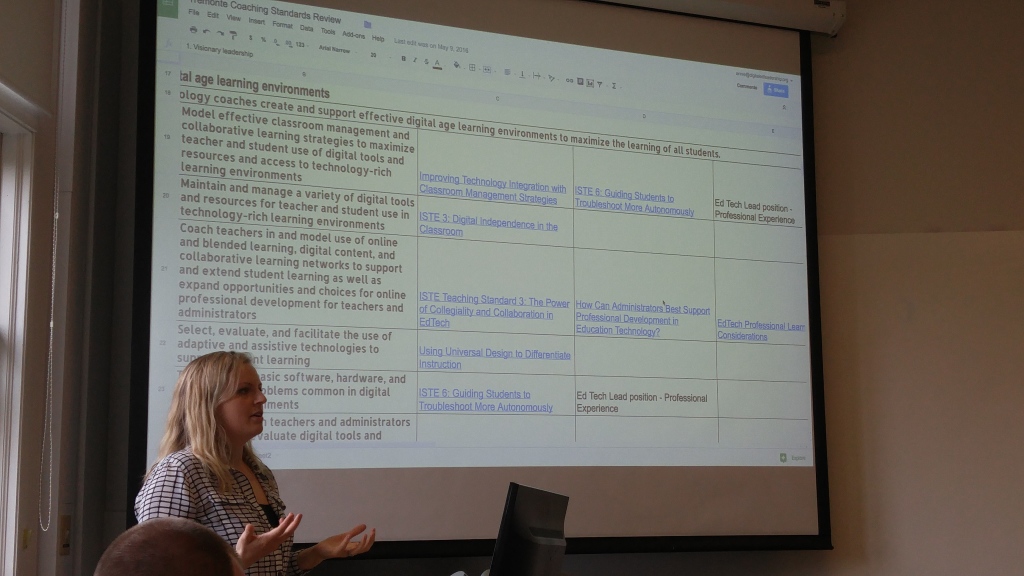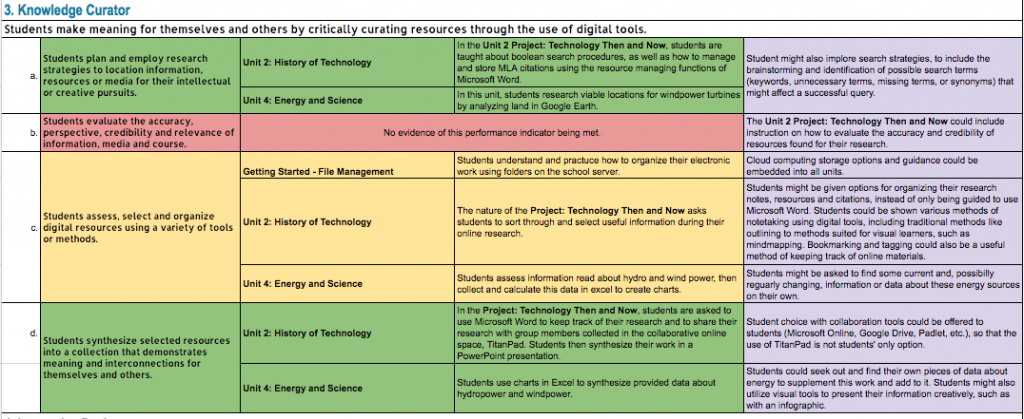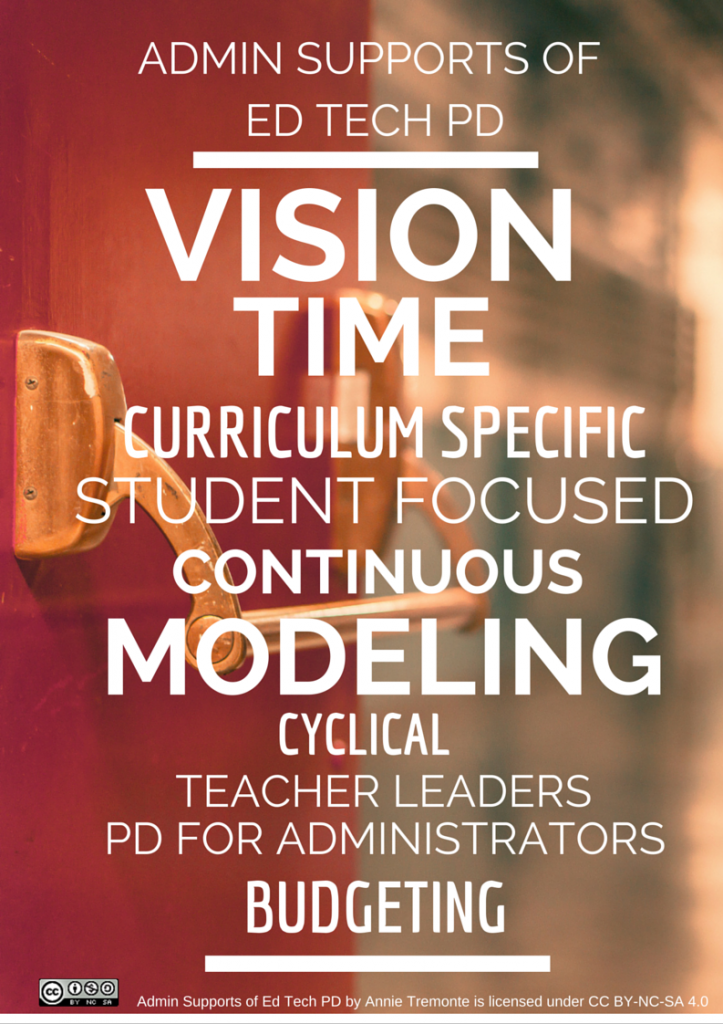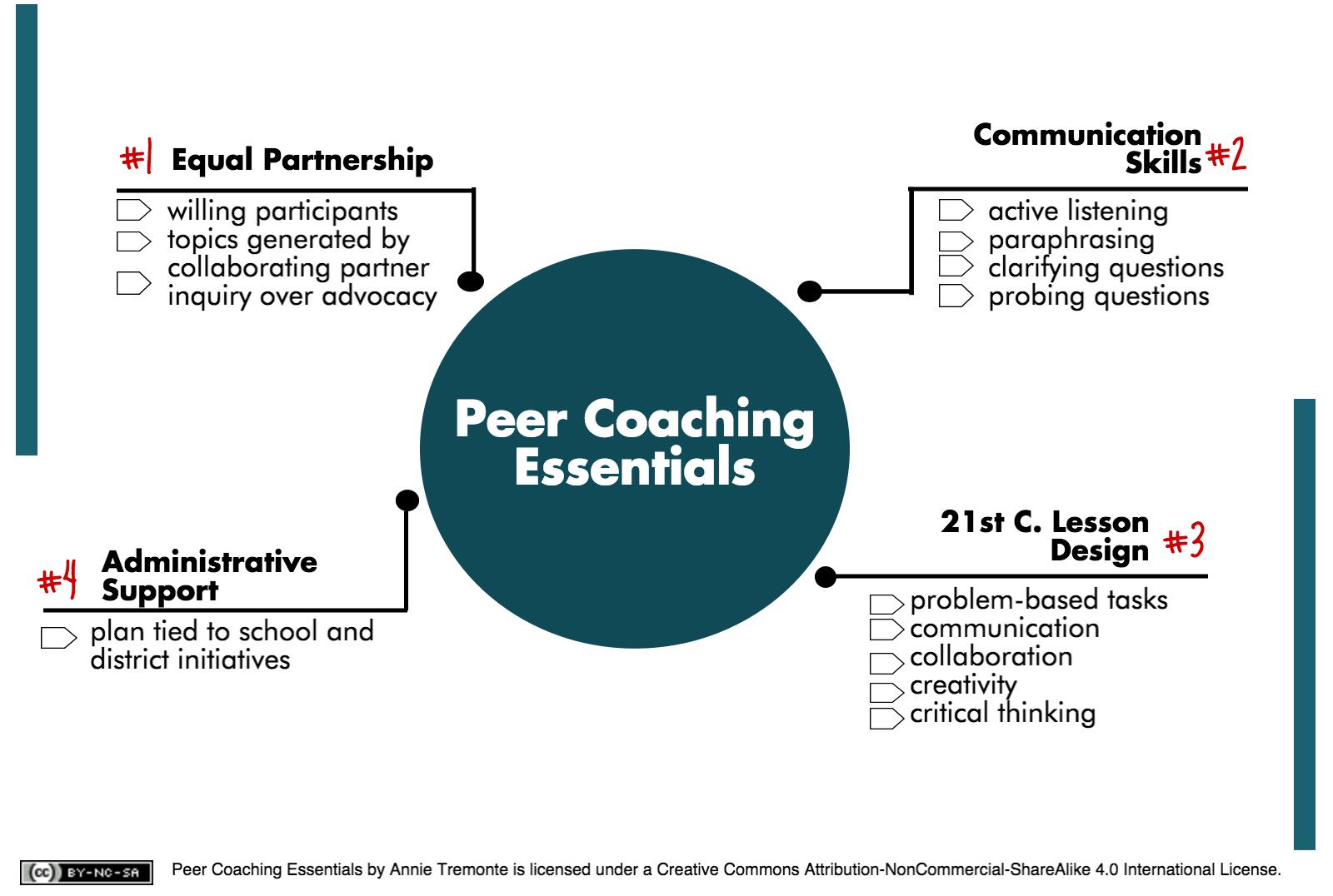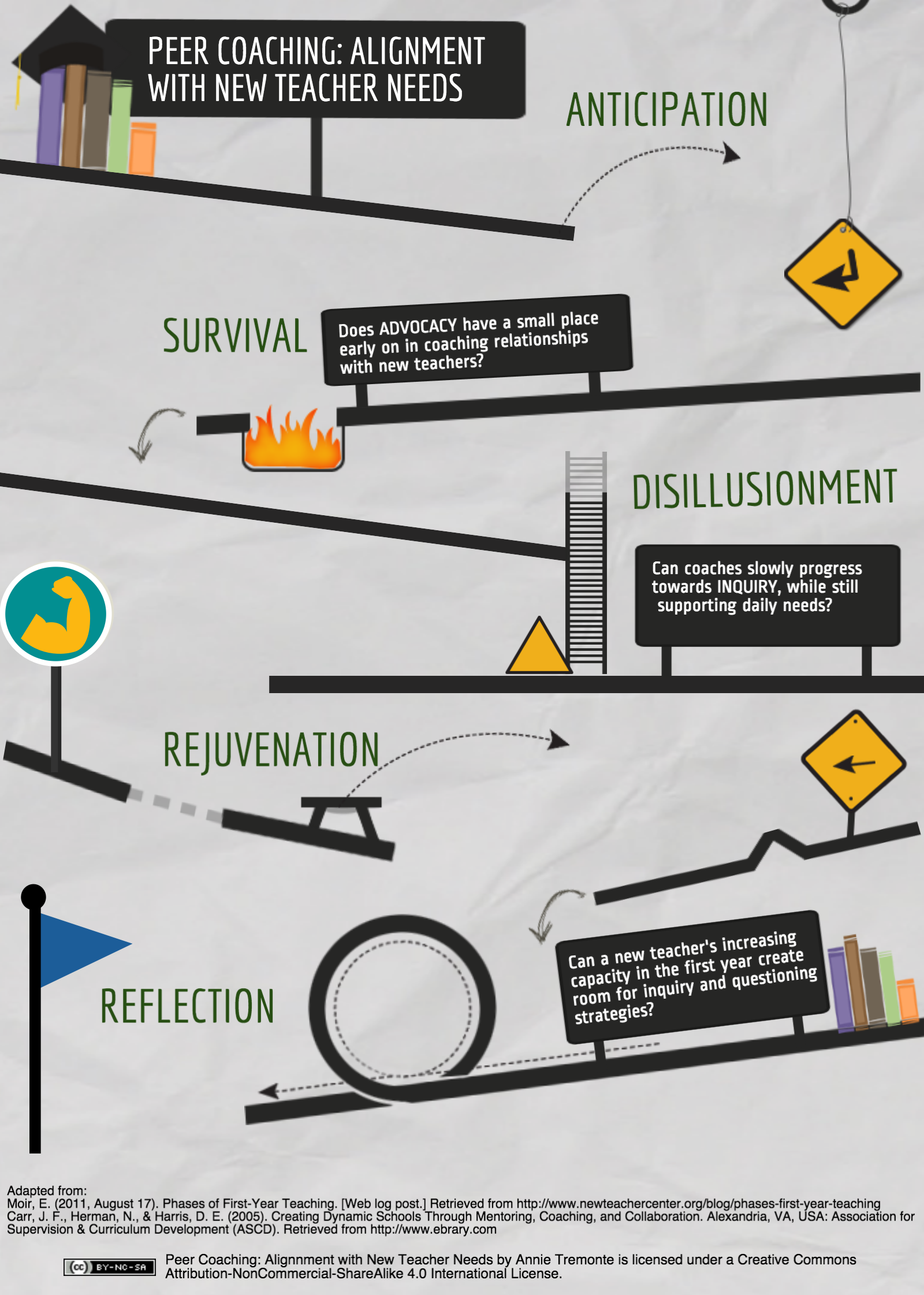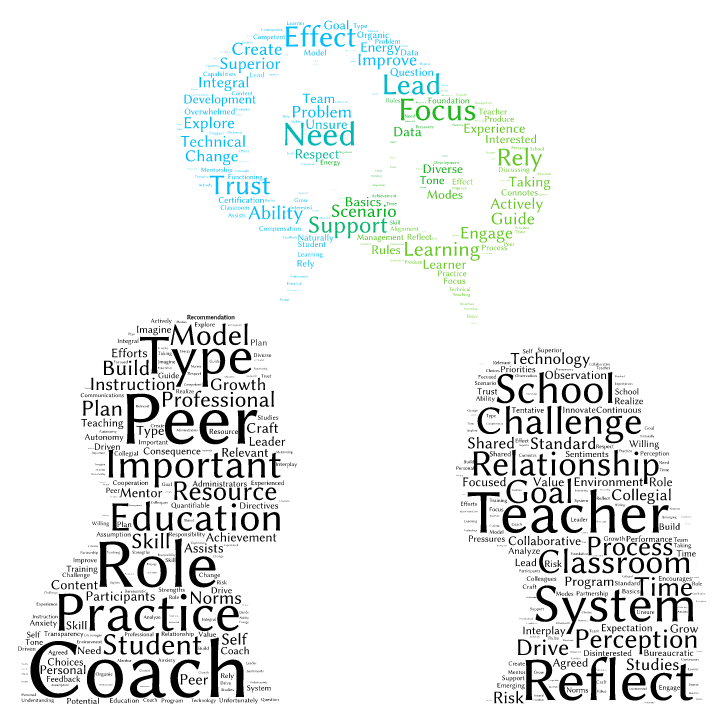Well, it has been 349 days since my last blog post! Where have I been you ask? Great question. My last post found me completing a graduate degree in Digital Education Leadership at Seattle Pacific University while closing out another school year as a middle school language arts teacher. It also found me nine months pregnant and counting, awaiting the arrival of my son. Born on June 10th, Parker arrived only four days shy of the last day of school, and the same day as my graduation from Seattle Pacific. Of course, this made it a tad tricky to attend. Check out the make-up graduation my esteemed program director, David Wicks and my devoted cohort, hosted a few months later. Who says you can’t do it all?
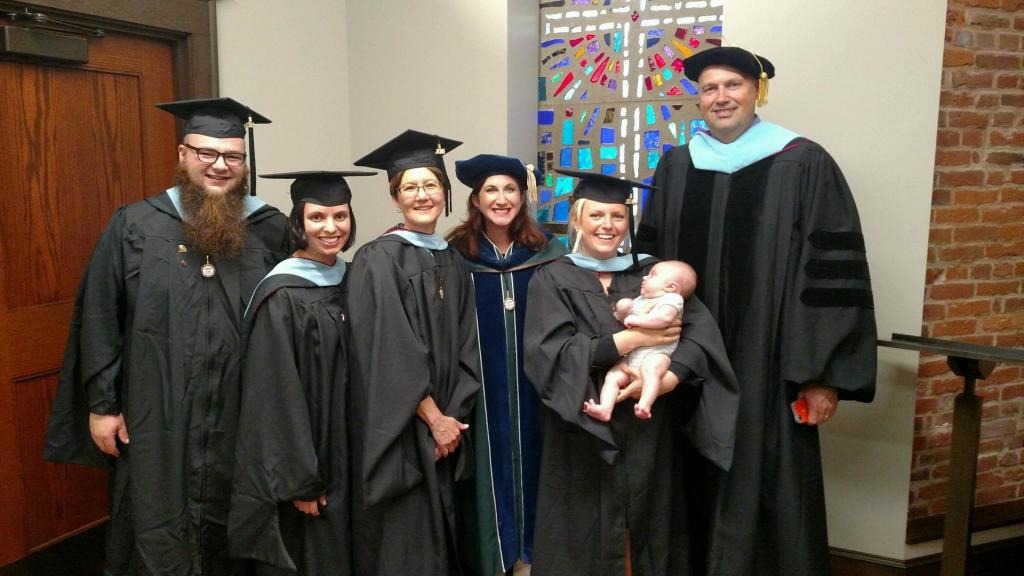
During this hiatus spent caring for my son, I have continued to engage in education technology by exploring some great opportunities presented to me. Follow me as I share about the following experiences in the coming weeks!
1. Running professional development sessions for teachers on the topics of Infographics, Student Blogging, and Genius Hour
2. Presenting an Ignite Talk at an EdSurge Summit Event on Inquiry-Based Learning
3. Teaching my first higher education course, EDTC 6102 Teaching, Learning and Assessment 1, at Seattle Pacific University
4. Developing elective coursework for the Digital Education Leadership graduate program at Seattle Pacific University
4. Serving on a Future Ready Framework committee
5. Presenting a workshop for docents at the Bellevue Arts Museum on working with middle school students
I’ve been busy and I look forward to sharing more in the next posts!
